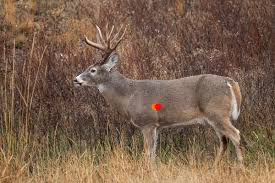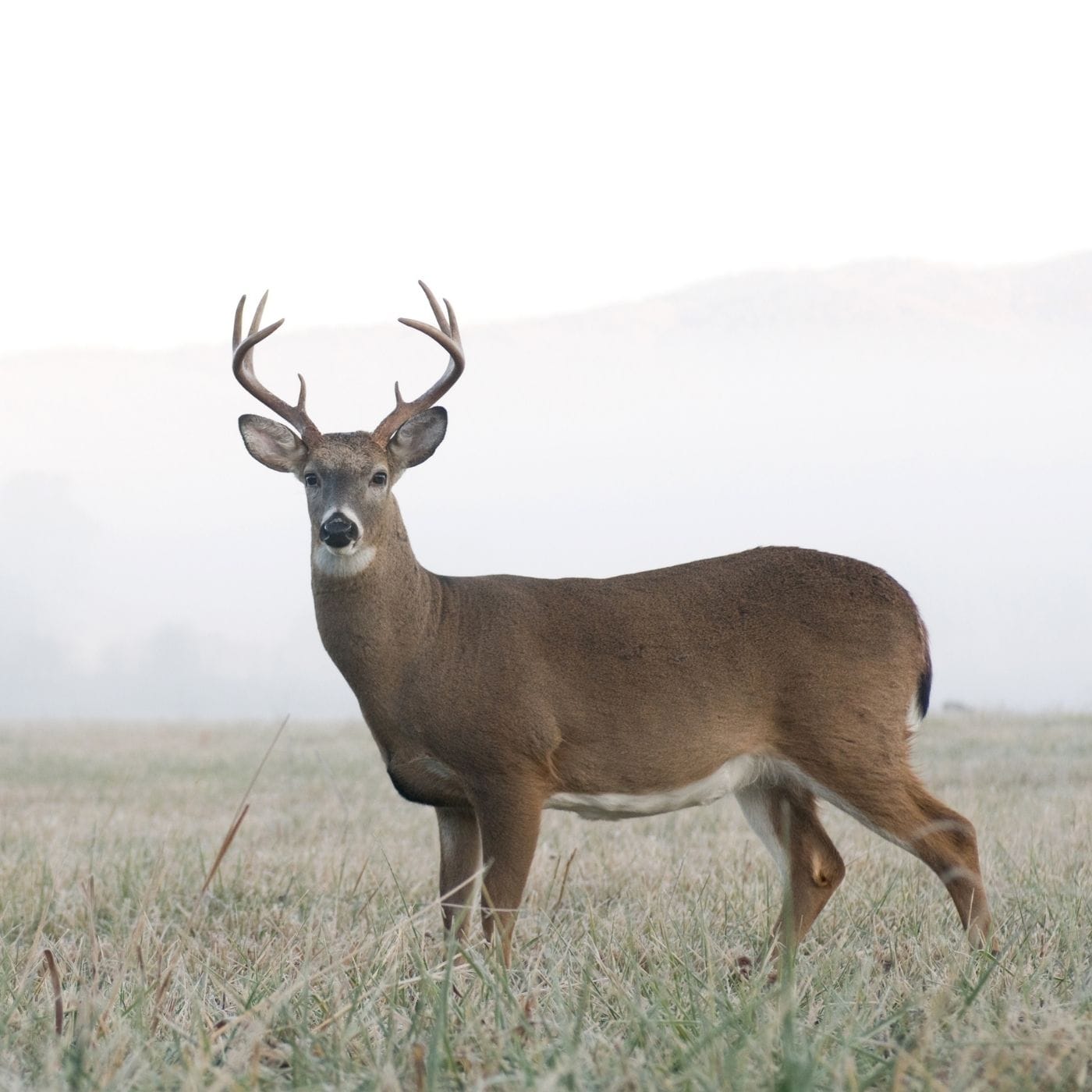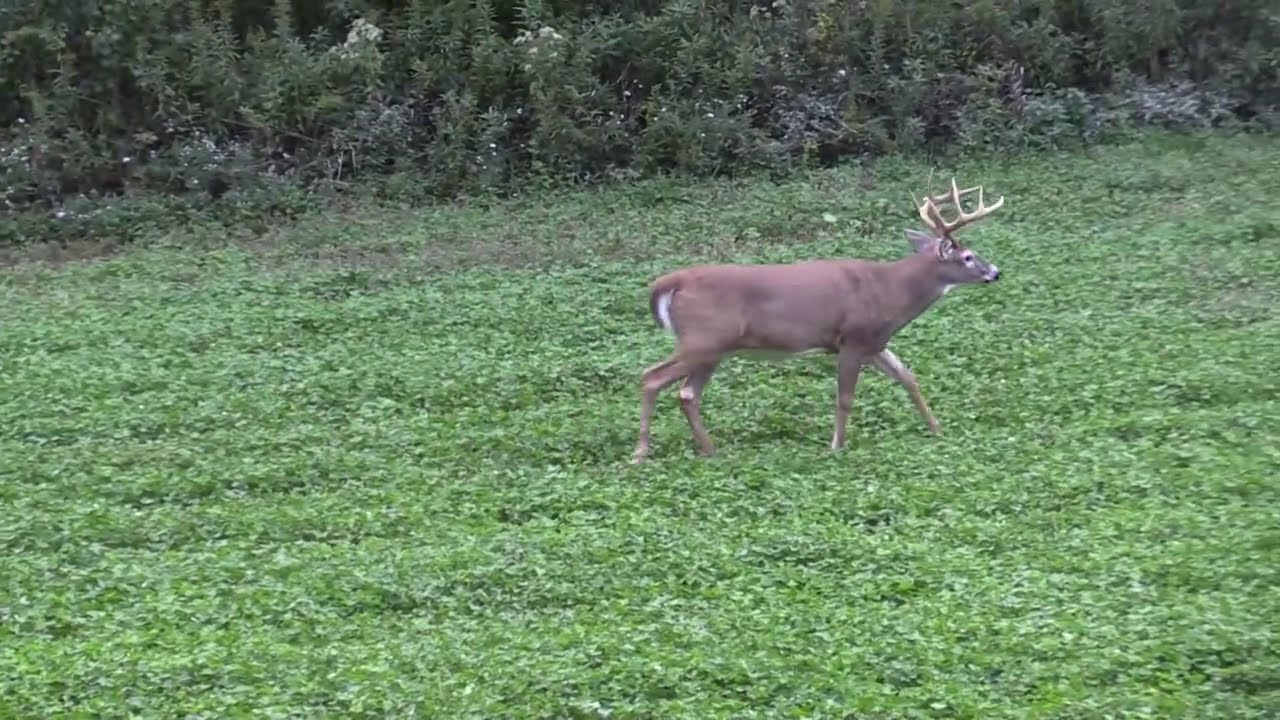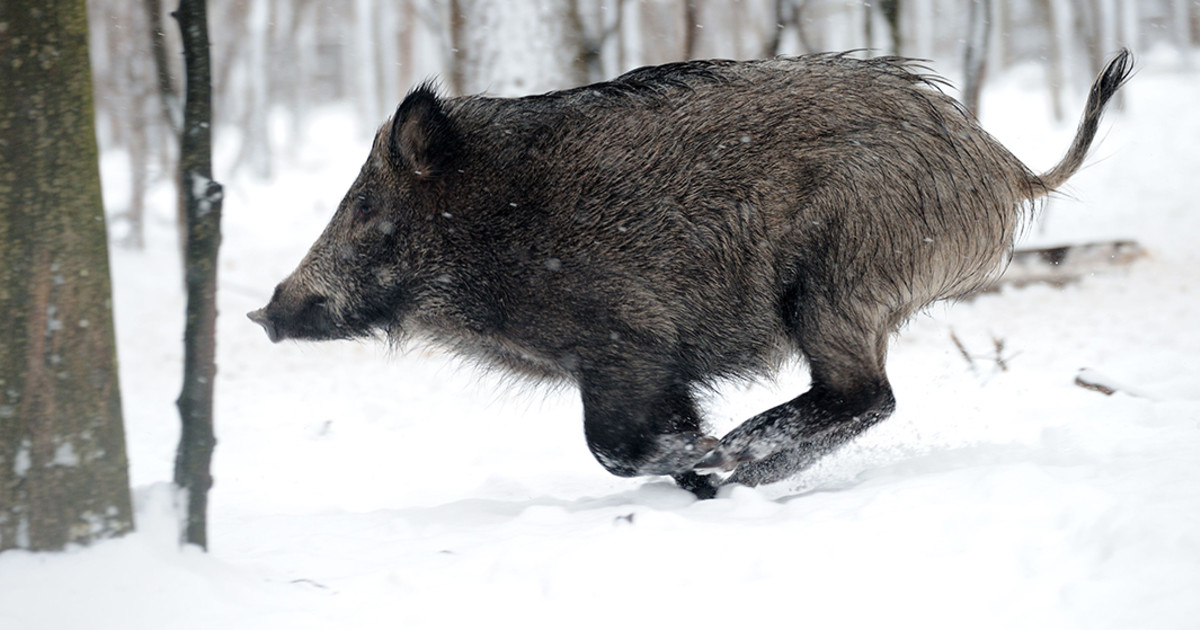
Learning where to shoot a deer is, of course, the most important lesson a new hunter can learn. It’s important to be able to visualize your shot placement and where you’re hoping to hit vitals. Understanding deer anatomy and practicing your shot placement is key to a successful and ethical hunt. In this comprehensive guide, I will delve into the critical aspects of deer hunting shot placement, ensuring you’re equipped with the knowledge needed for a successful hunting season.
Understanding Deer Anatomy
Before I even picked up my rifle, I knew it was crucial to understand deer anatomy. Knowing where the vital organs are located helps me aim accurately and ensures a quick, humane kill. The vital organs to aim for are the heart, lungs, and liver. These organs are located in the chest cavity, behind the deer’s front shoulder.
Key Areas to Target
1. Heart: Located just behind the front leg and slightly above the elbow joint. A shot to the heart is immediately fatal.
2. Lungs: Positioned above and slightly behind the heart. A double-lung shot is highly effective, as it causes the deer to expire quickly.
3. Liver: Located towards the back of the chest cavity. A liver shot can be lethal but may take longer for the deer to expire.Shot Placement Techniques
Top Tip: Always google the best shot placement illustrations, before hunting a specific animal.
Broadside Shot
The broadside shot is often considered the best shot placement for deer hunting. When the deer is standing broadside, I have a clear view of the heart and lungs. I aim just behind the front shoulder, at the mid-point of the chest. This shot increases my chances of hitting vital organs, ensuring a quick and humane kill.
Quartering-Away Shot
The quartering-away shot is another effective option. This angle presents when the deer is facing away from me but at an angle. I aim for the opposite shoulder, ensuring my shot penetrates through the vitals. This shot placement is ideal for hitting the heart and lungs from an angle that minimizes the risk of hitting non-vital areas.
Quartering-Toward Shot
The quartering-toward shot is less ideal and requires more precision. When the deer is facing towards me at an angle, I aim for the front shoulder, ensuring my shot travels through the vitals. This shot placement is riskier because there’s a higher chance of hitting bones or non-vital areas.
Head and Neck Shots
While head and neck shots can be instantly fatal, they are not recommended for most hunters due to the small target area and high risk of missing or wounding the deer. These shots require extreme precision and are generally only attempted by highly experienced hunters.
Practicing Your Shot Placement
Use 3D Targets
I invested in 3D deer targets for practice. These targets simulate real deer and help me visualize where to aim. Practicing from various angles and distances improves my accuracy and confidence.
Understand Your Equipment
Whether you use a rifle, bow, or crossbow, it’s essential to understand your equipment’s capabilities. For me, a .308 rifle has proven to be an excellent all-rounder. It offers the power needed to ensure a quick and humane kill, which limits the deer’s chances of suffering. I practice regularly to ensure I can make precise shots under different conditions.
Field Practice
Practicing in real hunting environments is invaluable. Setting up my steel target stand in the woods or fields where I hunt helps me get used to the terrain and natural obstacles I might encounter.
Ethical Hunting and Shot Placement
Ethical hunting is about more than just making the kill; it’s about ensuring the deer suffers as little as possible. Understanding and practicing proper shot placement is vital to this ethos. A well-placed shot ensures a quick, humane kill, while a poorly placed shot can result in prolonged suffering for the animal.
Tracking and Recovery
Even with perfect shot placement, it’s essential to know how to track and recover your deer. I learned to identify blood trails and follow them carefully. I always give the deer time to expire before tracking, ensuring I do not spook it and cause further suffering.
Tips for Successful Deer Hunting
Scouting
I scout my hunting area before the season starts. Looking for deer signs such as tracks, droppings, and bedding areas helps me understand where deer are likely to be and positions me for the best shot placement.
Wind and Scent Control
Deer have an excellent sense of smell. I always hunt with the wind in my favor and use scent control products to minimize my scent. This increases my chances of getting close enough for a perfect shot.
Patience and Timing
Patience is crucial in deer hunting. I wait for the right moment to take my shot, ensuring the deer is in the optimal position for a clean kill. Rushing my shot can lead to poor shot placement and wounded animals.
Camouflage and Concealment
Wearing appropriate camouflage helps me blend into my surroundings. I use natural cover like trees and bushes to hide my movements. Staying concealed helps me get closer to my target without being detected. However I never hunt without my PINK cap, to ensure that I am visible to other hunters.
Conclusion
Mastering deer hunting shot placement is essential for every hunter, especially beginners. By understanding deer anatomy, practicing shot placement, and employing ethical hunting practices, you can ensure a successful and humane hunt. Remember, the goal is not just to make the kill but to do so in a way that respects the animal and the hunting tradition.
With these tips and techniques, you’ll be well on your way to becoming a skilled and responsible deer hunter. Always prioritize safety, ethics, and respect for wildlife in all your hunting endeavors. Happy hunting!




Awesome https://is.gd/tpjNyL